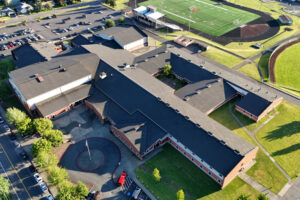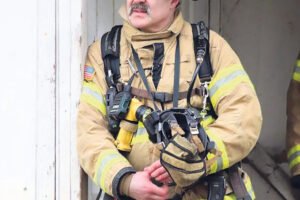Following more than five hours of public testimony on Thursday, residents of the Livingston Mountain area of Camas got the response they were hoping for from the Clark County Planning Commission.
The room erupted in applause as the commissioners voted 5-0 to remove all Livingston Mountain area land parcels from the proposed surface mining overlay map, and require a traffic study. Two other significant areas, Bell Mountain and Yacolt Mountain were also removed.
During the past month, Livingston Mountain residents have formed two non-profit groups — Citizens Alliance of Livingston Mountain and Friends of Livingston Mountain — in opposition to the proposed surface mining overlay update. More than 200 people turned out at the public hearing, which was continued from September.
Bob Pond, a Camas public health physician, is president of C.A.L.M.
“This is an important residential area,” Pond said. “It has the same characteristics as any area within urban growth area boundaries. It has numerous, hundreds of households — some of the finest in Clark County. It has school bus stops and road maintenance needs.
“I would implore you as you think about the economics of Clark County, [to remember] it is more than gravel production,” he continued. “It is these homes and these homeowners you see behind you.”



